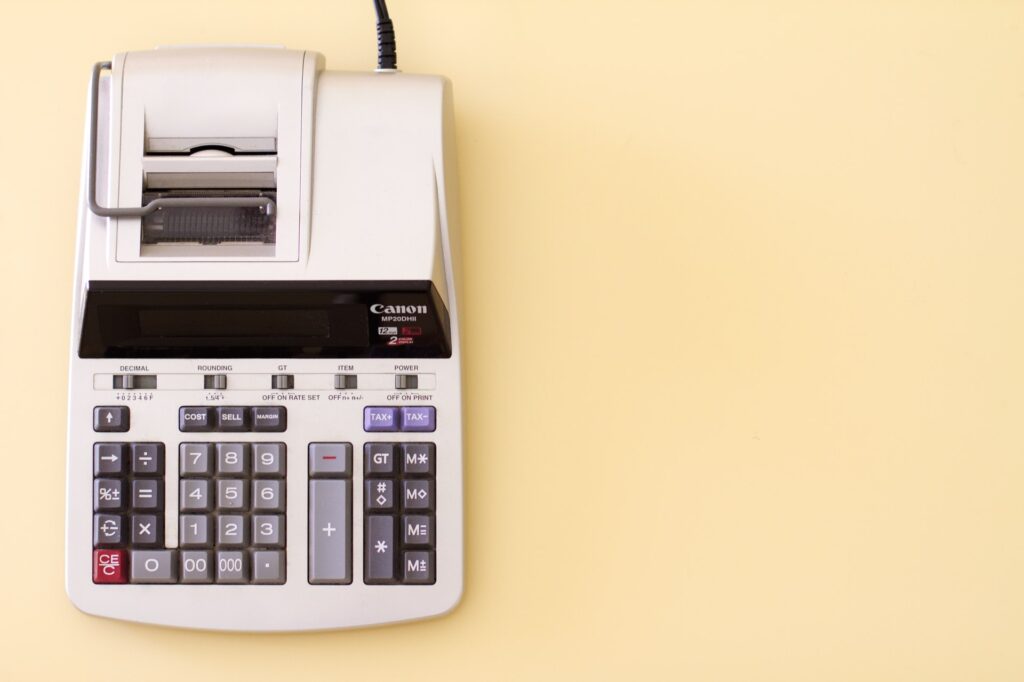
Have you started an accounting practice and have no clue how to set a price tag for your services? Or perhaps you have been operating on a one-price-suits-all model, and it is finally catching up with your workload and profitability?
Technology and customer expectations have caught up with the accounting industry. It has led to the automation of some of the manual and repetitive tasks.
In addition, customers also want to know what you offer and how much it is worth upfront. This, of course, knocks the old hourly billing system out (not entirely, though). But it has introduced several more pricing strategies for accountants, leaving much confusion for anyone who doesn’t know how to set the right rate for their services.
This article takes you through the common strategies accountants use to set their rates to help you choose the best model that gets you your services’ worth.
Pricing strategies for accountants to consider
As mentioned above, the hourly billing method is a long-beloved pricing strategy in the accounting industry (we will talk about it in a few). But it is not the only option to use when setting your rates. Other models to consider include:
Flat fee pricing
As the name suggests, the flat fee-based pricing method is where you have a specific flat fee for your accounting services. For instance, if you work with small business owners, you could have a $250 price for their monthly accounting needs, regardless of the workload.
Flat fee pricing is pretty straightforward; it is simple to implement, everyone knows what to expect, and it’s easy for clients to understand. Unfortunately, you could be selling yourself short with this strategy.
Some accounting jobs might demand more from you, while others are just a walk in the park. It simply translates to receiving the same amount for a job you spent half a day on with one that took you less than an hour to complete. See how you are losing out?
Time-based pricing

Also referred to as hourly pricing, a time-based pricing strategy is where you charge per hour. This has been a common pricing strategy in the accounting field because it makes up for what the flat-fee pricing method does not offer. For example, if you spend an extra 7 hours on a client’s project, this method ensures you are well compensated.
On the flip side, this method leaves you with more work than you had probably imagined. You must track your hours for every project with a breakdown of tasks performed during this period. You can imagine how tedious this is when doing it manually, even with Excel or Google Sheets.
Luckily, time tracking software and apps like Clockify and Zoho Invoice allow you to digitize this process. Some of these services are even automated to invoice your billable hours and produce reports to help you see your performance.
Cost-plus pricing
With this strategy, you add up the costs of running your practice and then add a certain percentage that allows you to make a profit. It is a pretty basic pricing method and is also quite common. If you have a handle on your expenses, you can estimate how much it costs to run your accounting business without leaving much room for errors.
However, if you don’t consider what your competitors offer, you could price your services lower or higher and lose out. Additionally, some services, especially for complex projects, might be worth more than the percentage you add to your costs for markup purposes.
Competition-based pricing

The accounting industry is quite competitive for job seekers and accountants starting or running their practices. So, how much competition are you facing in your location or area of specialization?
Once you know your biggest competitors, you can price your accounting services based on how much they charge. That’s basically what competition-based pricing is.
However, you must stand out from the competition, whether you are pricing your services lower or higher than your competitors. The three basic rules to use here are:
- Have a lower price point for the same services your competitors offer.
- Have a higher price point if you believe and can prove your services are superior and worth more than that of your competitors.
- Providing the better services at the same price point as your competitors.
Whatever rule you use, it is best to understand how your competitors set their prices. Then, consider your margins and set a price point that doesn’t squeeze the life out of your practice.
Value-based pricing
Although it has not been common in the past years, value-based pricing is starting to catch up. It allows accountants to set prices for every client depending on their needs and what they are willing to pay for services offered.
For instance, using this strategy, you can charge $600 per month for a small business owner looking for an accountant to handle essential accounting roles like bookkeeping, payroll, and regular tax returns.
On the other hand, you can have a $2000 bill for a high-end client looking for a whole accounting package, from financial report preparations and analysis to business advisory and year-end tax management.
Customizing your accounting rates for every client ensures you earn more from clients willing to pay a high price tag for value. The key to succeeding in this strategy is ensuring you understand each client’s pain points.
For example, are they looking to offload all their bookkeeping services? Do they want a team that handles all matters tax with little to no room for issues with the IRS? Or someone who acts as a CFO and advises them accordingly?
Once you know what the client is trying to avoid, you can put a price on the services that allow you to take care of their accounting headaches.
Start with a high price because clients usually pay more when they get the value for their money. If the client thinks the price is too high, use your quoted price as a reference point and begin negotiations. This could include the client removing services they think they don’t need, and you can reduce your rates based on the new package.
Package or bundle pricing

Package or bundle pricing allows you to bundle or package certain accounting services and price them as one.
You have probably seen this pricing on numerous software where prices for services or products are tiered based on what you get. So, you have a starting or basic package offering just the basics at an affordable price and a more comprehensive but pricier package offering everything.
By bundling your services, first, you eliminate the aspect of clients trying to negotiate for better terms. Second, your potential customers can choose what package matches their budget. This way, you do not lock anyone out for being either too costly or not offering the needed services. In addition, you can have some services as an add-on at an extra cost where clients can add to their chosen package if the services they want are not there.
The rule of thumb when setting your rate
While you can set your preferred price, it is best to always work with the industry’s average. You can use this as a reference point, as long as your prices are not too high or too low.
Whatever the pricing strategy you choose, ensure it caters to the costs of running your practice, pays you, and is within an industry average.
Unlock Your Potential with Premium Content: Elevate your real estate and business game with our content creation services. Don’t miss out on the opportunity to stand out. Contact Jeff today and take the first step towards success!


